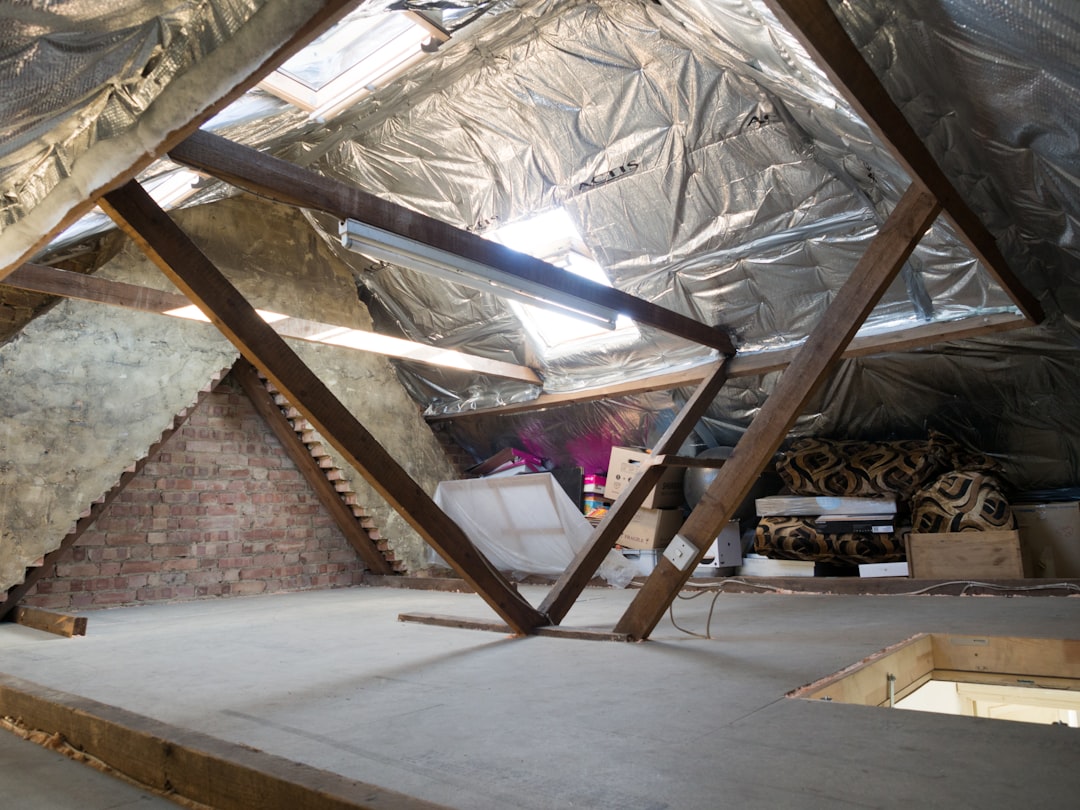
For construction professionals, understanding the cost to insulate an attic is crucial. Costs typically range from $1.40 to $4.25 per square foot, depending on materials and labor. This guide explores key factors affecting costs, helping you provide accurate estimates and optimize budgets.
Attics are critical in maintaining a home's energy efficiency. Proper insulation reduces HVAC strain, lowers utility bills, and enhances indoor comfort. Key benefits include:
Choosing the right material is essential:
Larger or less accessible attics require more labor. Accurate measurements are vital for cost estimation.
Sealing leaks is crucial to maintain R-value. Proper preparation ensures optimal insulation performance.
Balanced ventilation prevents moisture issues. Include necessary upgrades in your estimates.
Labor costs vary by location. Stay updated with current rates to provide accurate quotes.
These figures include common adjustments for air sealing and ventilation.
Use ROI tools to project payback periods and energy savings. Typical payback is 3-5 years, depending on location.
Explore tax credits and rebates to reduce costs. Financing options can spread payments over time.
Visit CountBricks.com for a detailed quote. Get transparent pricing powered by construction AI.

A Des Moines homeowner upgraded their attic insulation with blown-in cellulose to R-60. The project included air sealing and ventilation improvements, resulting in significant energy savings.
Total Project Cost: $4,545
Projected Annual Utility Savings: $710
ROI: 4.9 years after rebates.
“The estimate was accurate, and the installation was seamless. The house is quieter and more comfortable.” — J. Carter, Homeowner
Consider HVAC right-sizing and solar synergy for additional savings. Improved insulation can lead to smaller, more efficient systems.
Visit CountBricks.com to explore more projects and get started on your attic upgrade.